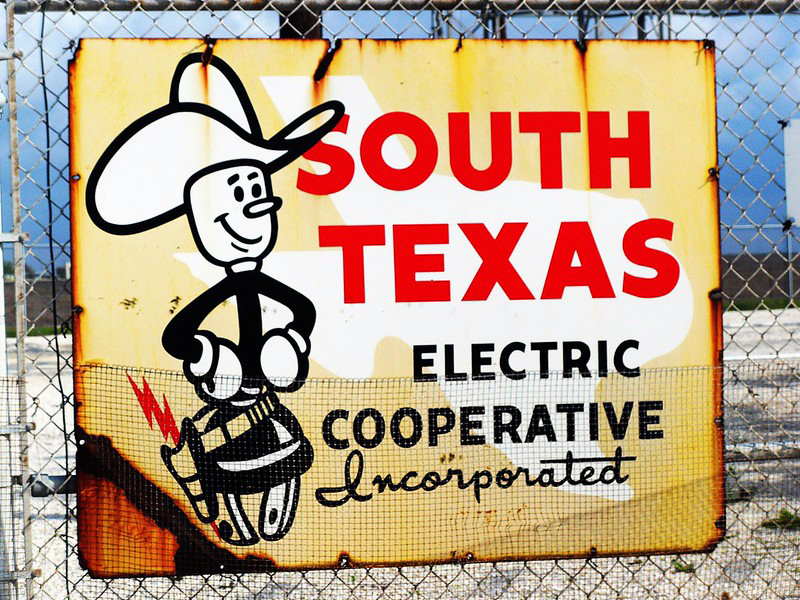
Imagine living without electricity in the early 20th century. No electric lights, no electric washing machine, no electric range, no radio, probably no telephone. That described life for 90 percent of farm families in the mid-1930s. Electricity had spread to cities (where 90 percent of urban homes had electricity), but the private companies that built power plants, transmission lines, and connections to houses, apartments, and businesses in cities were uninterested in reaching out to sparsely populated farms—even if the government paid them to do so. (This is a form of market failure, as we noted in an earlier entry.)
So President Franklin D. Roosevelt came up with a solution: Let farmers and small-town merchants form their own nonprofit consumer-owned power companies called cooperatives. The federal government would lend them money to build plants and power lines to bring light and power to their farms. The co-ops signed up the farmers, who agreed to pay for the system that served them, using generous repayment terms set by the government.
It worked better than anyone could have imagined. By the early 1950s, 90 percent of farm families in America—including in some of the most remote sections of the country—had electricity.
And the co-ops themselves have continued to thrive. There are now 834 distribution cooperatives (they deliver power directly to consumers) and another 63 generation and transmission co-ops that own power plants and big transmission lines. Together, these co-ops serve 42 million people and 56 percent of the country’s land mass. This is an impressive legacy of government foresight and ingenuity.
Today’s rural areas face another problem: the lack of broadband. More than a third of rural Americans have no access to internet connections that can download apps, video, or documents—or maintain a Zoom connection—at 25 megabits per second, which is the minimum definition of broadband. Only 4 percent of urban or suburban families are similarly stranded.
This is a major barrier to small-town economic development, to the increasingly computerized business of farming, and to education, as we learned in the 2020 Covid-19 pandemic, when schools were shut down and school systems turned to remote learning. There are some efforts, mostly at the state levels, to encourage the expansion of broadband to rural areas. What we don’t have yet is a way of financing the expansion, as we did with FDR’s program for rural electrification in the 1930s.
For rural electricity, we can thank government. And if we extend broadband to rural areas one day, it will no doubt be because government offered a solution here as well.
More information:
https://www.electric.coop/our-organization/history/
https://livingnewdeal.org/glossary/rural-electrification-administration-rea-1935/
https://www.fb.org/issues/infrastructure/broadband/
Give the credit to: federal government
Right, I did not know about this initiative.
Now, if someone can only figure out how to expand broadband, which is almost equally important.
Impressive website, overall!